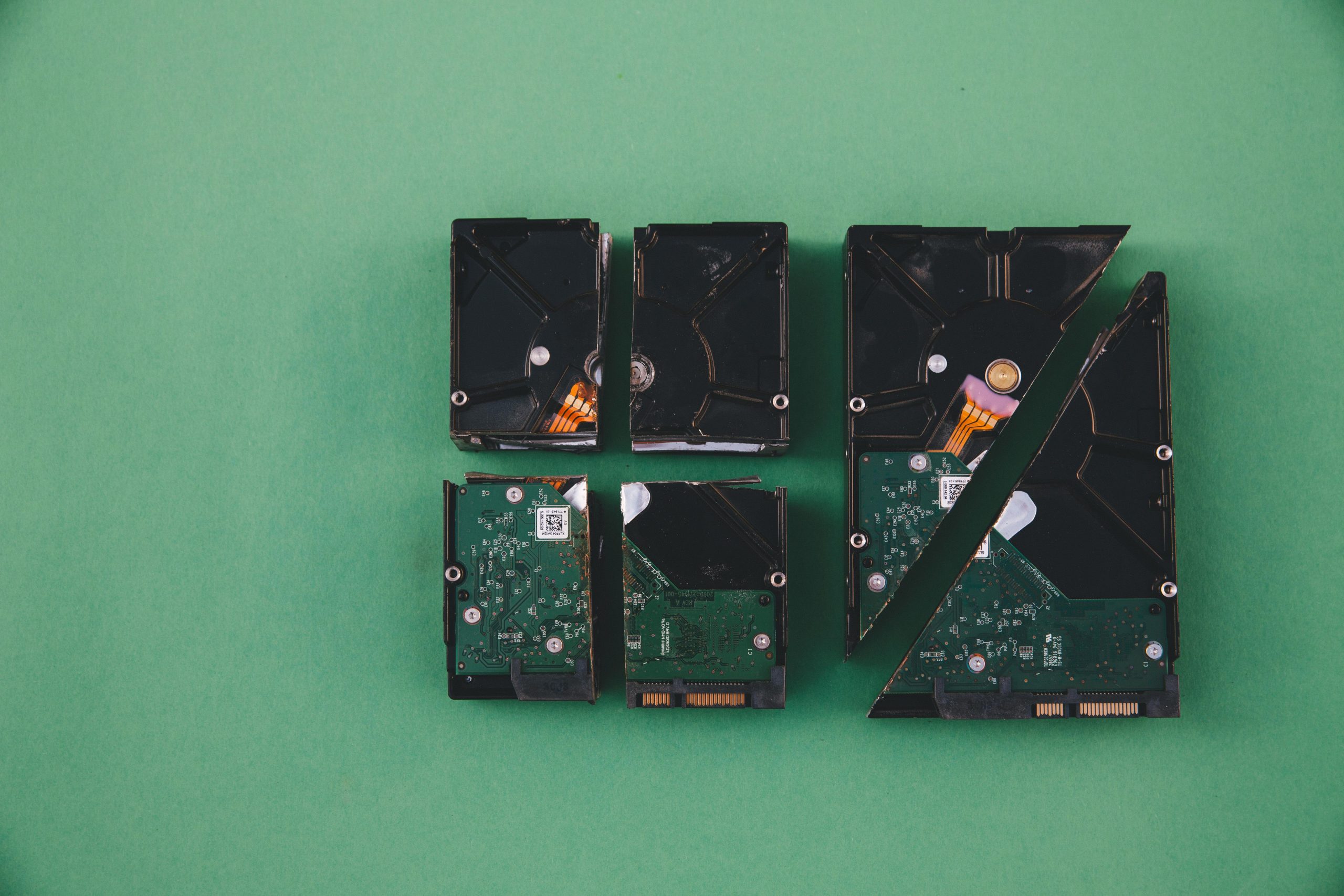Understanding and Resolving Blue Screen Errors When Moving Files Between SSDs in Windows
Experiencing system crashes, especially blue screen errors, during file transfers can be frustrating. Recently, after formatting your Windows PC, you encountered blue screens whenever transferring files from your primary SSD to a secondary SSD. This guide aims to help you understand the underlying issue and provide practical solutions to resolve it.
Understanding the Error
The blue screen error you’re witnessing is identified as SYSTEM_SERVICE_EXCEPTION with bug check code 0x3B. This error typically indicates that an exception occurred while executing a system service routine, often related to driver issues, hardware conflicts, or corrupted system files.
The crash dump analysis highlights a failure in the nt!HvpGetCellPaged function within the Windows kernel, which is associated with the NTFS file system driver (ntkrnlmp.exe). The specific failure bucket indicates a problem with the Windows registry hive, possibly tied to storage or file system corruption.
Potential Causes
- File System Corruption: Errors in the NTFS file system on your SSDs could lead to system crashes during intensive file operations.
- Driver Issues: Outdated or incompatible storage drivers may cause instability.
- Hardware Problems: Faulty SSDs, loose cables, or failing storage controllers can cause similar symptoms.
- Recent System Changes: The recent reinstallation or formatting might have left certain configurations or drivers misaligned.
Step-by-Step Troubleshooting and Solutions
- Verify Hardware Connections
- Ensure that both SSDs are properly connected with Secure cables and ports.
- If possible, test the drives on different SATA or NVMe slots to rule out port issues.
- Check for Disk Errors
- Use Windows built-in tools:
bash
chkdsk D: /f /r - This command scans for and attempts to repair file system errors and bad sectors on your secondary SSD.
- Note: This process may require a reboot and can take some time depending on disk size.
- Update Storage Drivers
- Visit your motherboard or system manufacturer’s website.
- Download and install the latest drivers for your storage controllers and chipset.
- Use Device Manager:
- Press Windows + X, select Device Manager.
- Expand “Disk drives” and “Storage controllers.”
- Right-click each device and select “Update driver.”
- Run Windows System File Checker
- To repair potential system file corruption:
bash
sfc /scannow - Run this in an elevated Command Prompt
Share this content:



